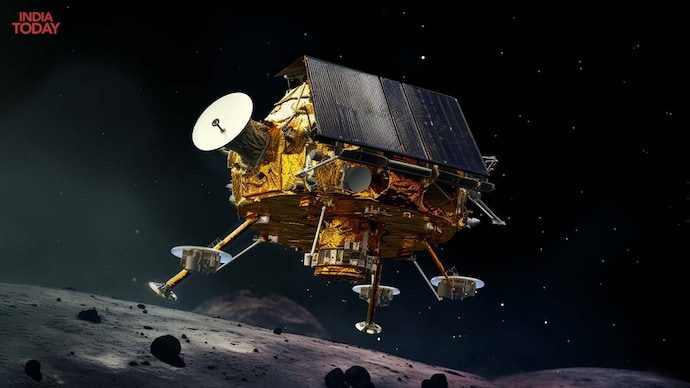In the realm of space exploration, every mission is a high-stakes endeavour, and the Chandrayaan-3 is no exception. As the culmination of years of planning and preparation, this momentous event will put India’s space agency, the Indian Space Research Organisation (ISRO), to the test as it tries to do a lunar landing today. However, what sets this mission apart is the pivotal role of artificial intelligence (AI) in guiding the spacecraft during its critical descent to the moon’s surface.

In the realm of space exploration, every mission is a high-stakes endeavour, and the Chandrayaan-3 is no exception. As the culmination of years of planning and preparation, this momentous event will put India’s space agency, the Indian Space Research Organisation (ISRO), to the test as it tries to do a lunar landing today. However, what sets this mission apart is the pivotal role of artificial intelligence (AI) in guiding the spacecraft during its critical descent to the moon’s surface.
A High-Stakes Game of AI and Sensors
As the descent phase commences on August 23 at 17:47 hours, mission control’s role shifts from active intervention to vigilant observation. The lander’s autonomous systems, propelled by advanced AI, take centre stage. Steering the spacecraft safely to its designated landing site becomes the AI’s paramount task. Chandrayaan-3’s success hinges on its AI-driven sensors, which operate collectively to understand the lander’s position, speed, and orientation.

ISRO Chairman S Somnath, shedding light on the technological marvel, explained the sensor array’s composition, including velocimeters and altimeters. These devices furnish essential data about the lander’s speed and altitude. Additionally, an array of cameras, including a hazard avoidance camera and inertia-based cameras, play a pivotal role in capturing crucial visual information. These disparate data streams are harmonised using a sophisticated computer algorithm, creating a composite image of the lander’s location.



